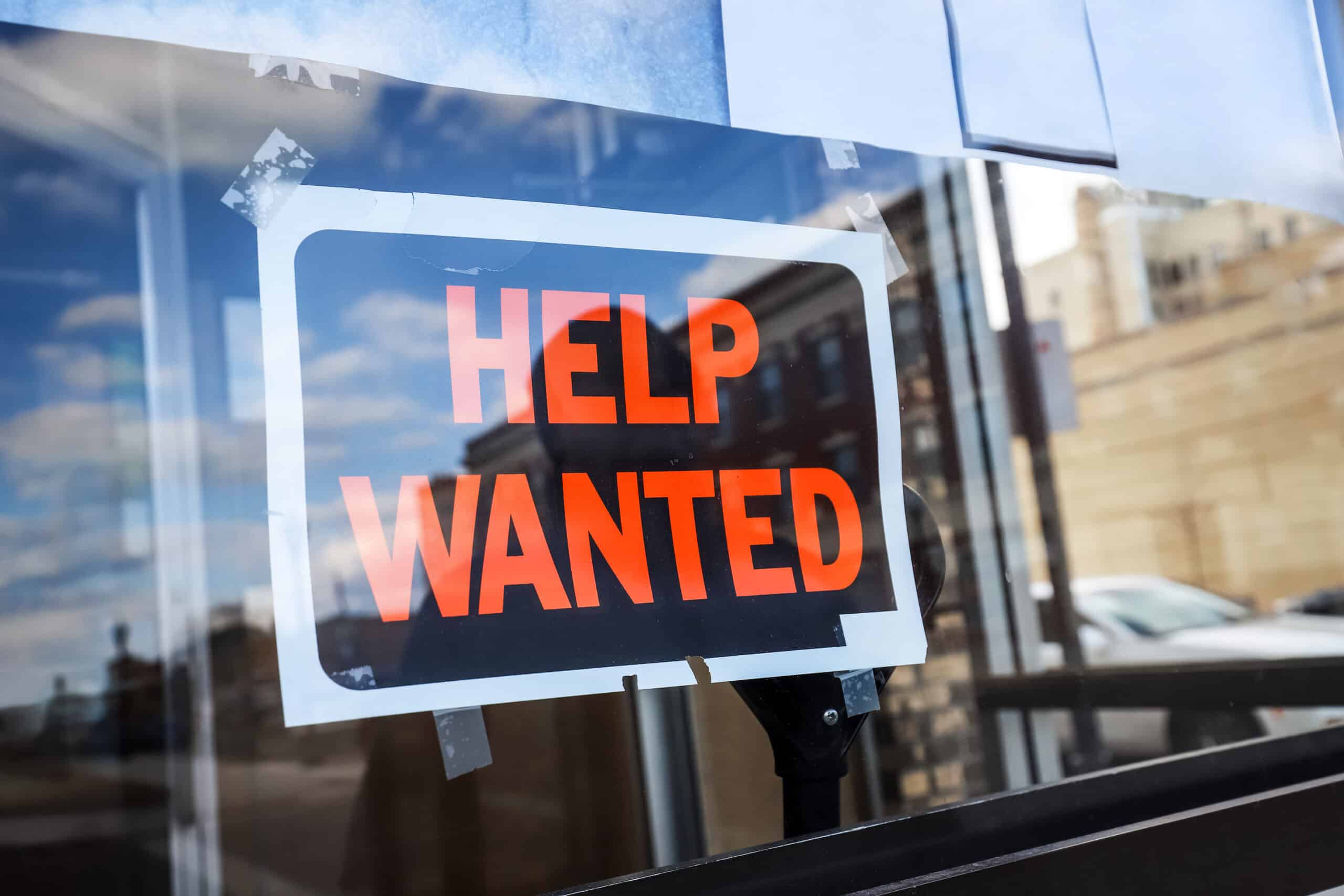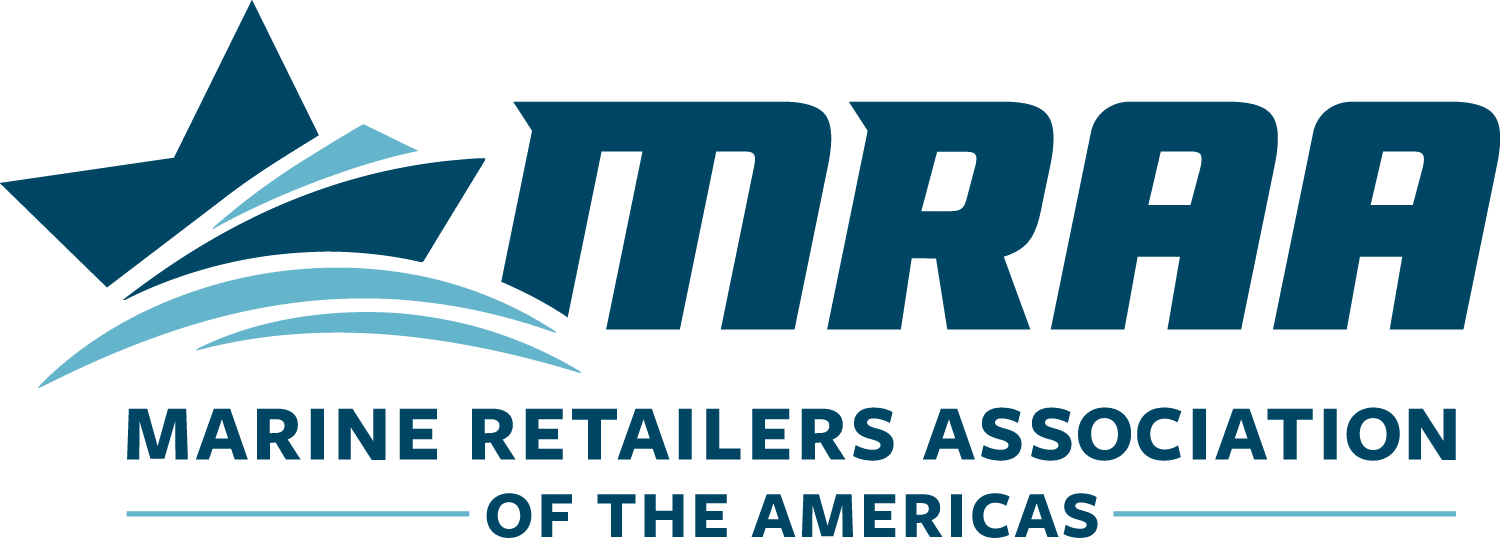
Workforce challenges are nothing new to the marine dealer community. If you’re like most dealers, you probably can’t remember a time that “technician shortage” wasn’t part of our regular conversations.
The specific challenges that have come to light as part of what the media has coined “The Great Resignation,” however, are new. For dealership managers and owners who are simply trying to run a business and serve their community, this phenomenon — which was coined to identify an economic trend in which millions of employees have voluntarily resigned from their jobs — can prove perplexing and frustrating.
The reality of this trend, also known as the Great Reshuffle, can have immediate impacts on your dealership, and they could continue to influence the way you run your business for years, perhaps even decades, to come.
In MRAA’s quest to help you navigate this reality, here are five things you need to know:
- The competition for quality hires is and will likely remain fierce.
- You are being pressured to raise employee pay.
- Your benefits are under greater scrutiny.
- Culture is your biggest differentiator.
- To thrive, you need to prioritize all things workforce.
Let’s dive into each of them.
The competition for quality hires is and will likely remain fierce. When you hear from the Bureau of Labor Statistics that over 47 million Americans quit their jobs last year, it sounds pretty dramatic.
But that was last year, right? Not if you believe the data from sources like Joblist’s 2022 Job Market Trends Report. The results of its study of 20,000 workers suggests that, in the current hyper-competitive job market, 75 percent of full-time employees and 51 percent of part-time employees are planning to quit their job in the next 12 months.
That may not surprise you, given the current battle for employees. However, the experts suggest that when you step back and look at the past dozen years, the “Great Resignation” of 2021 was actually the “continuation of a long-term trend” one that “American employers are likely to be contending with for years to come.”
So wrote Joseph Fuller and William Kerr, professors at Harvard Business School who cochair its Project on Managing the Future of Work, as part of a March 23, 2022 article in the Harvard Business Review.
They argue that the COVID pandemic sped up changes already taking place in our labor market, as it made people reconsider what was important to them.
As a result, the rate at which older workers left their jobs went up — and the age at which they left went down. In fact, a Forbes.com article in late February cited data from multiple sources suggesting that Baby Boomers have contributed to more than half of the workforce exits.
Others left their jobs to meet caregiving obligations (think kids, parents or spouses). And still others left because of burnout in industries, like ours, that experienced a spike in consumer demand.
Now, many of those workers are reconsidering what they want from their jobs, and as a result, in many cases, are moving to different jobs in their industry or to different industries.
This “job hopping” which has been described by some as a Gen Z (age 18-26) or Millennial (age 27-41) phenomenon, isn’t isolated to those generations, however. A CNBC article this week quoted from a recent survey by Microsoft of more than 31,000 workers. The results suggest that while 52 percent of “young people” are likely to consider changing employers this year, 35 percent of Gen Xers (age 42-55) and Baby Boomers (age 56-75) reported they were considering changing jobs, as well.
As you’re witnessing in your local market, we’re currently competing with just about every other industry for employees, and there is no end in sight.
You are being pressured to raise employee pay. The competition for employees plus the impact of inflation on workers’ wallets means you’re under incredible pressure to raise your rates of compensation.
If you follow the news, you’ve probably heard about increases ranging from 3 to 30 percent with an average this year of more than 10 percent. The percentages are particularly high for entry-level jobs. McDonalds is trying to lure job candidates with an average of 10-percent increases in hourly rates, reported CNBC.
So what does that mean for you?
For one, you need to know what you can afford to pay. That was the idea behind a recent MRAA Dealer Week session on marine dealership compensation this past December. The course, by Bob Clements of Bob Clements International — Develop Compensation Plans that Produce Results — helps dealership owners and managers evaluate what compensation levels they can afford and how to use pay plans to improve employee performance. It is available free to MRAA Silver and Gold Members at MRAATraining.com.
Secondly, you need to understand whether your compensation rates for a given position are competitive in your area. Back in 2017, MRAA conducted a deep dive Compensation Study including positions across all dealership departments. With all the change taking place in the job market, we embarked on a project to update it earlier this year, the results of which should be available in May 2022.
Your benefits are under greater scrutiny. The jump in compensation rates remains a hot topic, but it is far from the sole factor to consider as you work to make your business attractive to prospective job candidates.
The COVID pandemic, for example, has put physical and mental health in the spotlight, making health care benefits a key way you can set your dealership apart. If you don‚Äôt currently offer a health care benefit, you’re looking for a more affordable health care option or want to improve your health care benefit, check out the special rates available through MRAA Health.
But don’t restrict your thinking about the benefits of working for your dealership to the traditional human resources benefits. Other perks to promote in your recruiting and hiring might include:
- Working in a fun industry with a fun team;
- On-water experiences and events;
- Flexible hours or time off;
- Options for remote work;
- And unique features of your company culture
Culture is your biggest differentiator. Compensation and benefits often get blamed or get credit for influencing employees’ decisions about where they want to work.
However, company culture is often one of the most significant and hardest to quantify contributing factors.
In fact, a late 2021 study that analyzed 34 million online employee profiles found that “toxic corporate culture is by far the strongest predictor of industry-adjusted attrition and is 10 times more important than compensation in predicting turnover.”
This same study found the compensation ranked 16th in overall factors that predicted employee turnover with company culture serving as a 10.6 times greater predictor of attrition.
Articles about the study published in the MIT Sloan Management Review — such as “Toxic Culture is Driving the Great Resignation” by Donald Sull, Charles Sull & Ben Zweig — reported that found that among the most common factors contributing to a toxic culture were:
- Disrespect of workers;
- A noninclusive workplace;
- Unethical actions;
- A cutthroat environment;
- And abusive behavior
As a dealership owner or manager, what can or should you do with this information? Well, for one, it’s important to understand the culture at your dealership through the eyes of your employees — the good and the bad — and put in place strategies for ensuring it gets and stays healthy.
A dealership culture where employees feel understood and respected can be a powerful tool to boost the results of your recruiting and hiring efforts, explains MRAA Certification Manager Liz Keener in her recent blog, Develop a Culture Prime for Recruiting & Hiring.
“The best candidates want to work for a business with a strong culture that supports their employees‚Äô work/life balance, wellbeing and professional growth,” she explained. “They seek a place where they know their voice will be heard, and they’ll have a chance to make a difference.”
A proven tool to help you understand and improve your culture is an employee satisfaction survey, Keener added.
There are many ways to go about surveying. Certified Dealers rely on MRAA to conduct their surveys and guide them through the process of applying the data to drive positive change.
To learn more about the tools and benefits of the Marine Industry Certified Dealership program and its annual Employee Satisfaction Survey (ESS) process, reach out to Liz at lizk@mraa.com or visit MRAA.com/Certification.
To thrive, you need to prioritize all things workforce. With all the workforce headwinds facing the dealership community, you can no longer afford to be reactive when it comes to recruiting and hiring.
Whether you have a dedicated person in charge of recruiting, hiring, onboarding and developing your employees — or you and your fellow managers split up the responsibilities — today’s job market requires dealerships to be consistently working on this aspect of your business.
Historically, you may have defaulted to waiting to search for a job candidate until a position opened up on your team. And you may have focused your search on someone with previous experience in the boating business, thinking it would allow them to get up to speed faster, which would improve your efficiency. After all, you wouldn’t need to train them as much. This strategy is not a healthy one, according to the experts.
“Competitors’ leftovers are rarely superstars,” suggests Bob Phibbs, The Retail Doctor. “You’ll be bringing their worst habits into the heart of your operations. Even worse, your belief that you won’t have to train them will allow them to continue those habits and spread them throughout your store.”
Instead, you’ll be better served by getting creative, looking for the people, skills and strengths you seek in new places. For ideas on where to look …
- MRAA Silver and Gold Members can tap into the following courses for free
- All dealers are welcome to register to attend our free Ask the Expert webinar, Hiring Season ‚Äì Control What You Can Control — on April 7th, 2022.
Finally, you’ll want to place greater emphasis on in-dealership training and professional development, both as a way to better recruit and hire today’s job prospects — and as a way to improve your employee retention.
For tactics on how to create a culture of continuous improvement under your roof, MRAA Members can access these two guides for free:
- MRAA Guide to Dealership Improvement: Learn best practices and tools for training at the individual employee level, the department level and throughout the dealership.
- MRAA Guide to Apprenticeship: Tap into a step-by-step manual on how to design, recruit for and evaluate an apprenticeship program for marine dealership’s service department.
In fact, nearly every resource, tool, course, event or program MRAA offers to the dealer community is designed to strengthen you and your workforce.
And so is our team. We’re here to serve as your partner in attracting, retaining and developing the best workforce you’ve ever had — so you can be the best dealership you’ve ever been and offer the best customer experience out there.
Whether you’re a member or not, we encourage you to use our team as your resource. Not only can MRAA now offer you the expertise of our first-ever Director of Workforce, Wendy Mackie, but you’re welcome to reach out to any of our 20 staff members at MRAA to leverage our experience and guidance.




